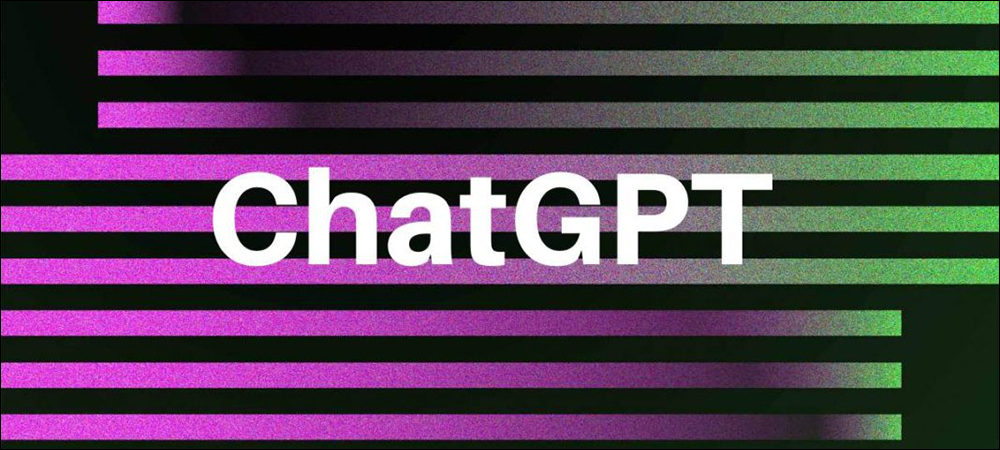RFID Journal LIVE! 2023 will feature end-user companies discussing RFID’s use in various industries, as well as exhibitors offering tagging solutions for multiple applications. To learn more, visit the event’s website.
- Sensing Conditions via RF Waves
- Tracking Health and Medication Compliance
- Applications for Retail Engagement
- Future Applications for the Technology
ChatGPT, an artificial intelligence (AI) chatbot technology, is being touted as a solution that will change everything from student research to mental health therapy through its ability to interact with humans and learn from each interaction. Technology startup XO2Tech, based in Spain and the United States, says its own technology that senses conditions around people and products by analyzing RFID transmissions can enhance ChatGPT, by providing sensory data that feeds information to the system. The company is now in discussions that could help it bring solutions to commercial markets such as healthcare, retail inventory management and in-home personal life management.
ChatGPT, commercially launched last November, uses intelligence features officially known as a generative pre-trained transformer (GPT), built on top of OpenAI‘s language models. It centers around mimicking human conversation, but it also can accomplish things that traditionally were specifically human efforts. Writing poetry, music and student term papers are just some of the more highly publicized functions. ChatGPT remembers prompts that it receives from every conversation, and it can grow with knowledge over time.

So what does this have to do with radio frequency identification? Quite a bit, according to entrepreneur Edward Espinosa, XO2Tech’s CEO. “They have some seriously mind-blowing synergies that together power a new type of robust interactive supply-demand chain,” he explains, along with consumer-facing apps. RFID tags do the physical work of transmitting data when interrogated, Espinosa says, and that data could be everything from a simple ID number to sensor-based information captured based on changes in the RF field. ChatGPT’s use of AI algorithms for problem-solving then enables users to gain value from that data.
Sensing Conditions via RF Waves
XO2Tech’s RFTracker application collects sensory data by tracking the RF properties of a passive ultrahigh-frequency (UHF) or Near Field Communication (NFC) RFID or Bluetooth Low Energy (BLE) transmission. When a reader interrogates a tag, that tag responds with its unique ID number. However, how that transmission is sent can be influenced by the conditions around it. The RFTracker technology, according to Espinosa, takes advantage of that feature.

Edward Espinosa
For instance, if someone touches a tagged item, that person’s body physically alters the tag’s transmission. Software can then identify that modification, which would indicate that somebody had interacted with the tagged item, whether it was a toothbrush, a product on a store shelf or a prescription bottle. RFTracker can also detect other conditions, such as the presence of specific gases that might indicate a product is starting to spoil, or the presence of fluid which could identify a leak or measure how much liquid is inside a bottle, or a body’s vital sign activity, such as blood pressure or heart or respiratory rate.
Users could place tags at strategic locations, like on packages of food or on household items or prescription bottles, in order to track the use of items or products, or the health and behavior of a person, such as an athlete or an Alzheimer’s patient, who is interacting with them. The users could then determine if a patient has handled their medications, if those drugs have moved from the table or if they have come within close proximity of the patient.
XO2Tech has numerous patents on the technology, Espinosa says, and is seeking potential partners to get it into development and trials. The advent of ChatGPT makes it more interesting, he notes. Developers have used Microsoft Azure to build ChatGPT into a natural-sounding voice assistant similar to those used in smart speakers, which could interact with a human user in a home or business.
Tracking Health and Medication Compliance
Such an assistant could, for example, remind a person to take their medicine. XO2Tech’s sensor technology would make it possible for the ChatGPT system to know, based on sensory data, whether an individual has done so. The system could identify that a drug was not taken at the expected time, then either send a message to the individual or speak to that person through a speaker.
The data could also include other sensory information. If mayonnaise were tagged and had begun to spoil, for example, an alert could be sent via an RFID reader or the BLE functionality on a user’s smartphone. XO2Tech’s ChatGPT/RF tag apps now include Vital Check, which Espinosa calls a smart, connected packaging solution designed to provide consumer safety information, such as product freshness, as well as medication compliance. It can be used in a variety of ways based on vital sign recognition, he adds.
If a consumer were to pick up or engage with a product in a store or home, for instance, the RFID or BLE tag would transmit a signal that could be analyzed to determine the shopper’s body vital signs, including heart rate, respiration rate, blood pressure, breathing effort, temperature or body movement, in order to detect any adverse reactions to the product. Vital Check is designed to send notifications, recommendations or suggestions regarding a consumer’s product interaction and vital signs. The food and medication adherence solution provides other important applications for aging in place, Espinosa reports.
Applications for Retail Engagement
The company’s AIRForce tags are dedicated to retail, wholesale, manufacturing and brands. The technology could be built into tags to create what Espinosa says could be disruptive, digital, personalized consumer experiences with each product interaction, for the lifetime of that product, with the goal of reaching, engaging with and retaining consumers.
For retail use, tracking when an individual interacts with a product can help a brand or store gather information about that shopper’s interests. Espinosa envisions a subsequent delivery of content to the individual’s phone, based on the products that the system detects they have interacted with. For example, if they have a store-based or general shopping app, the system could offer recommendations regarding other products that might be of interest, or invite the shopper to self-purchase the product. The content provided could come in the form of a personal avatar, video, images, text or voice.
Kitchen-Ai and Ai-Bartender are XO2Tech’s first food and drink recipe-based apps using ChatGPT for task guidance. If someone wanted to prepare a drink or food menu, the solution could use the RFID-based sensory data to identify which ingredients were already available in the kitchen, which ones were fresh and which ones might need to be replaced. The user could then receive recommendations related to recipes and shopping lists. The application could also detect user interaction with products to determine next-step actions, or to provide recommendations or suggestions.
There are other key areas in which XO2Tech sees application potentials, Espinosa says, including the supply chain. The RFID-based sensor tag could be attached to fresh food, baby formula or medications as those items are stored, shipped and sold. The sensor data could then be harnessed to determine each product’s freshness or potential contamination.
Apparel is another offering among the retail solutions for which XO2Tech is in the process of achieving a patent. Such a system could be deployed at an individual’s home, with an RFID reader or a BLE-enabled phone collecting information about each tagged clothing item. If a user selected a specific shirt, the system could recommend other clothing items in their closet to accompany it. It could also identify clothes that weren’t being used and make recommendations to donate or recycle them.
Future Applications for the Technology
Another application is generative marketing using AI and RFID tags. “So essentially,” Espinosa says, “if you touch a product or you interact with it, that’s detected. Then, with the information from the RFID tag, the CPU understands what you’ve touched and will provide you with marketing information.” He foresees the development of a world in which both BLE and RFID technologies will have prominence on products and assets for distinct purposes. That could include RFID supply chain management tags being read when they come within range of a reader, as well as BLE functionality for consumers to engage with via smartphones.
A dual tag could provide both functions, along with the sensory data, Espinosa says. There are several applications that he predicts will be the first to leverage ChatGPT and RF-based transmissions, such as using the Ai-Animal Health or Vital Check solutions for analyzing health data and providing diagnosis, treatment, products or medicines for use by the healthcare industry. “This platform makes healthcare affordable and accessible,” he explains, by detecting, monitoring and analyzing a user’s body vital signs, and then performing generative AI analysis of that data.
“This isn’t for medical advice,” Espinosa states. “This is for pre-diagnosis, or to serve as a medical assistant to provide information.” The solution could be used by those pursuing cures for conditions without using medication, such as tracking their health based on diet or supplements. “There are so many possibilities that we have to narrow down” to specific early solutions, Espinosa says.
XO2Tech is continuing its discussions with technology companies. “We have our patents in place,” Espinosa says. “The technology and all the applications are there, so it’s just a matter of finding an interested partner that we’re going to work with that’ll help us bring this to market.” Another company pursuing solutions along a parallel path is Wiliot, which recently patented a system and method for determining an individual’s interest in a product in response to battery-less pick-up sensing information.
Key Takeaways
- XO2Tech is in discussions with technology and financing firms to develop solutions combining RFID with ChatGPT or generative AI to provide sensory data for a variety of services.
- Healthcare is among the early potential solutions, while others include smarter retail engagement, fresh food and medication freshness tracking, and in-home lifestyle support.

